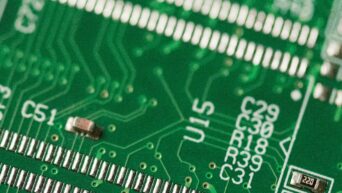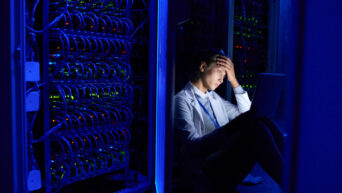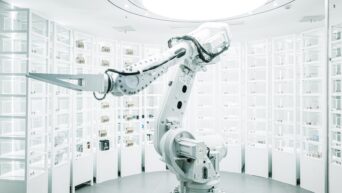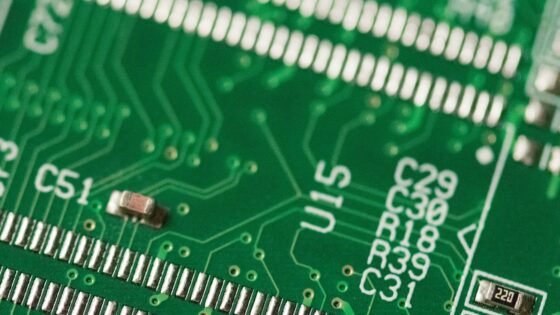Slowly, but surely, tectonic activity is starting to shift away from the San Andreas Fault.
After the two back to back earthquakes that rocked Southern California, scientists are trying to understand the events that instigated them.
What was most surprising was that the tremors did not take place along the San Andreas Fault. Rather, both earthquakes occurred at the Eastern California Shear Zone. The state is loaded with plates that have scientists wondering what is actually going on.
The problem is that the faults are not in the most accessible of places. The zone lies within a U.S. Navy base that typically isn’t accessible for mapping. Researchers are trying to determine what parts of the fault broke or if part of the fault broke twice. Typically, they don’t rupture at the same time.
With quakes happening down the Eastern California Shear Zone more and more, it is possible that we are seeing the beginning of a new boundary. This is crucial knowledge because the two faults act in different ways. Where the fault bends, the Pacific and North American plates aren’t sliding sideways past one another, but rather, they are colliding. The San Andreas Fault is not aligned with the motion of the other plates. But, the Eastern California Shear Zone is in line, which means a brand-new boundary could be in the making (at least millions of years from now).
As for the effect of future earthquakes, early data suggested that the 7.1 earthquake produced some slippage in the southern part of the San Andreas system. This doesn’t seem to be a spot that would spark up an earthquake, but there is a chance that the quakes could have bothered closer faults that could lead to a future earthquake.

































